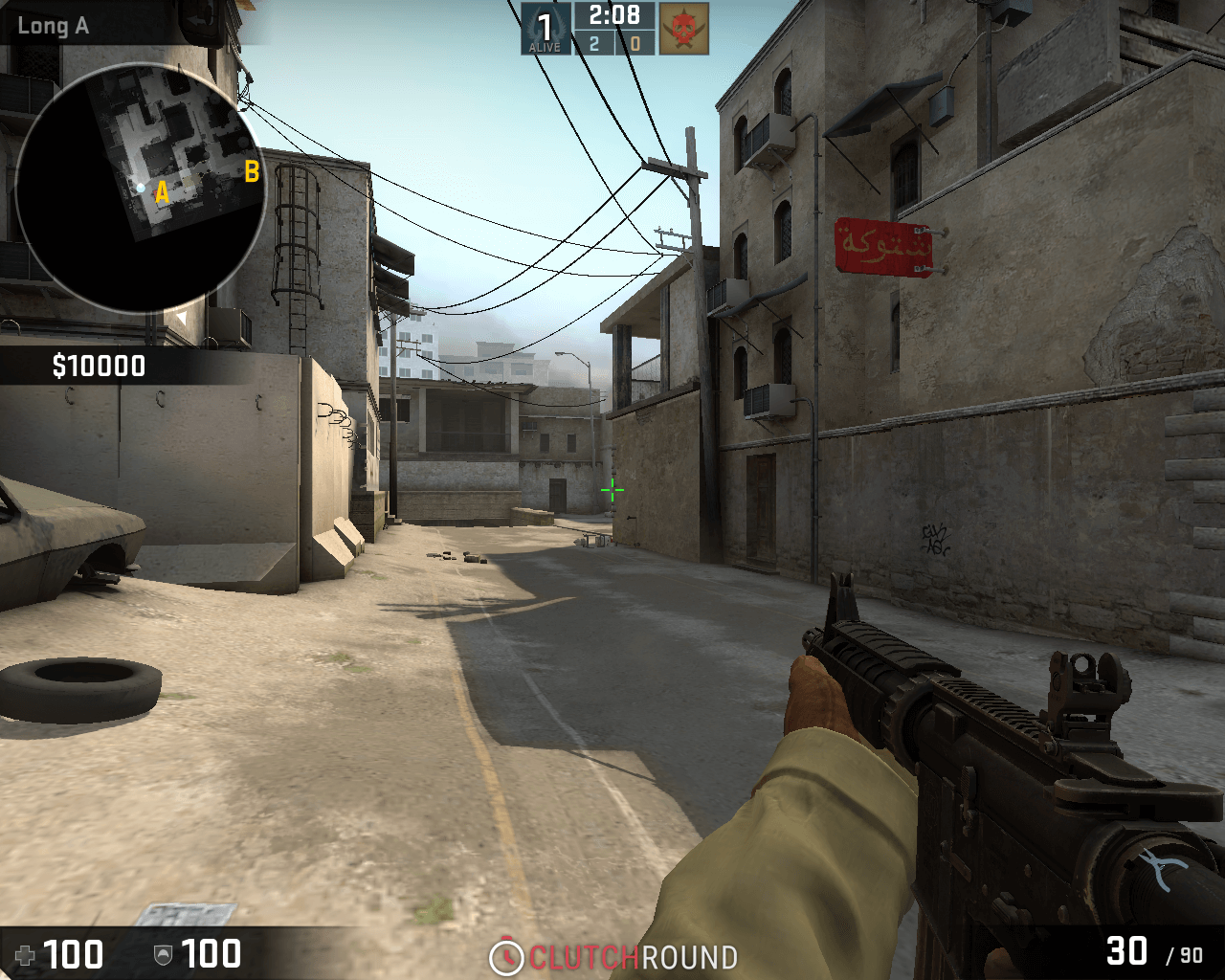


The term display resolution is usually used to mean pixel dimensions, the maximum number of pixels in each dimension (e.g. A consequence of having a fixed-grid display is that, for multi-format video inputs, all displays need a "scaling engine" (a digital video processor that includes a memory array) to match the incoming picture format to the display.įor device displays such as phones, tablets, monitors and televisions, the use of the term display resolution as defined above is a misnomer, though common. One use of the term display resolution applies to fixed-pixel-array displays such as plasma display panels (PDP), liquid-crystal displays (LCD), Digital Light Processing (DLP) projectors, OLED displays, and similar technologies, and is simply the physical number of columns and rows of pixels creating the display (e.g. This example would normally be spoken as "ten twenty-four by seven sixty-eight" or "ten twenty-four by seven six eight". It is usually quoted as width × height, with the units in pixels: for example, 1024 × 768 means the width is 1024 pixels and the height is 768 pixels. It can be an ambiguous term especially as the displayed resolution is controlled by different factors in cathode ray tube (CRT) displays, flat-panel displays (including liquid-crystal displays) and projection displays using fixed picture-element (pixel) arrays. The display resolution or display modes of a digital television, computer monitor or display device is the number of distinct pixels in each dimension that can be displayed. We've learned to never strictly trust reason and knowledge without running practical tests first - skewed results can cost days of work if a flaw is discovered in methodology at a later time.This chart shows the most common display resolutions, with the color of each resolution type indicating the display ratio (e.g. If nothing else, it shows we're serious about ensuring accurate data. We conduct tests like this all the time just to ensure proper testing methodology, but don't always publish the results. How often this happens in the real-world, outside of a lab environment, I'm really not sure - but now we know the answer and can confidently test on all our displays at GN. As we hypothesized, and as you likely already suspected, running displays at a resolution lower than native will not have an impact on performance. ResultsĪs you can see, all differences are within margin of test error. V-Sync was completely disabled for this test.

All case fans were set to 100% speed and automated fan control settings were disabled for purposes of test consistency and thermal stability.Ī 120Hz display was connected for purposes of ensuring frame throttles were a non-issue.

4x4GB memory modules were kept overclocked at 2133MHz. The system was kept in a constant thermal environment (21C - 22C at all times) while under test.
#Native game resolutions drivers#
NVidia 340.52 beta drivers were used for all tests conducted on nVidia's GPUs.ġ6GB Kingston HyperX Genesis 10th Anniv. Reason would tell us that the results should effectively be the same other than the user experience, which will be slightly skewed / stretched. All tests were conducted on three monitors - a 1920x1080 unit (native), 2048x1152 unit running at 1920x1080 (non-native), and 1920x1200 unit running at 1920x1080 (non-native). We ran these tests using only two games: Metro: Last Light and GRID: Autosport. Each test was conducted three times for parity.


 0 kommentar(er)
0 kommentar(er)
